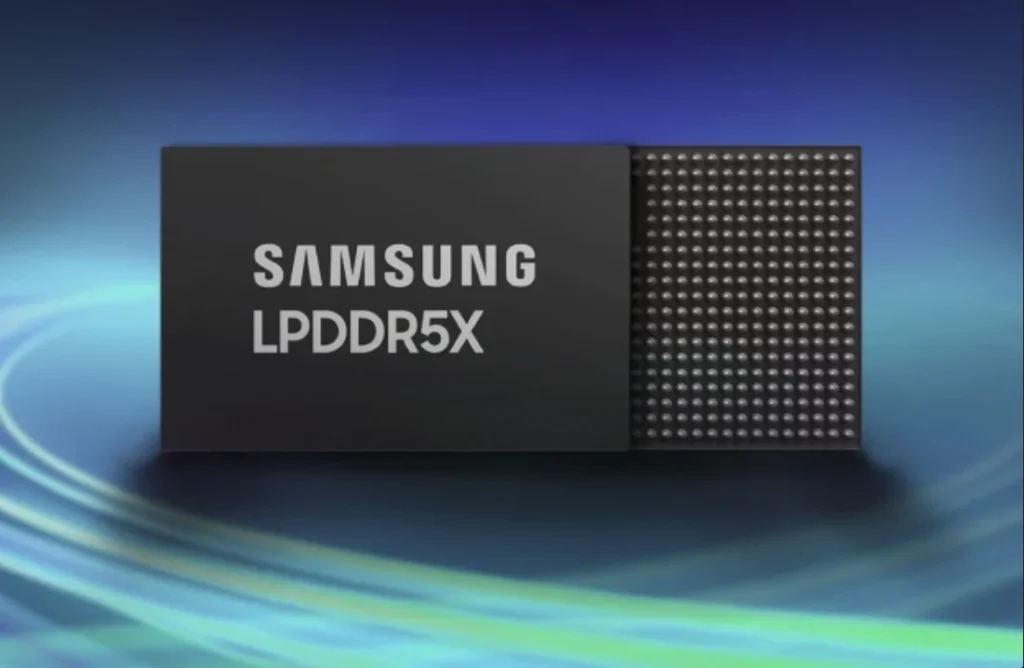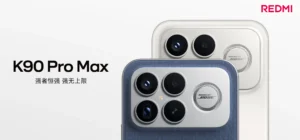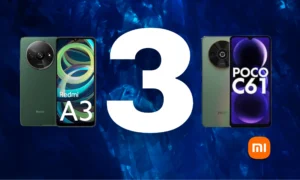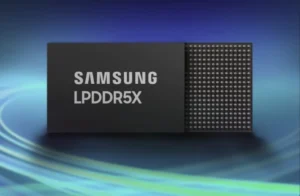Xiaomi Warns: Memory Prices Skyrocket in 2025

Brace Yourselves: Xiaomi Warns of “Terrifying” Memory Price Hikes in 2025!
The tech world is buzzing, and not necessarily with good news for our wallets. Xiaomi, a brand known for bringing powerful tech within reach, has just issued a pretty stark warning. Ma Zhiyu, a product marketing director at Xiaomi, dropped a bombshell on social media: the cost of memory is set to skyrocket next year, and he’s calling it “terrifying.” This isn’t just a hunch; it’s a heads-up that could seriously impact your next gadget purchase.

Why the Price Surge? It’s a Perfect Storm
So, what’s driving this potential price hike? It turns out a few major factors are converging, creating a perfect storm in the electronics supply chain.
The AI Craze is Fueling Demand
The insatiable appetite for Artificial Intelligence is a massive driver. Data centers powering these advanced AI models, especially large language models, are gobbling up the latest High Bandwidth Memory (HBM). This means big players like Samsung and SK Hynix are shifting their production lines, leaving less capacity for the more conventional memory chips that power our everyday devices.
Wafer Scarcity and Long Development Cycles
Manufacturing capacity for the essential 200mm and 300mm wafers is already stretched to its limit. On top of that, developing new, cutting-edge manufacturing nodes (like the 1α and 1β nm) takes years to perfect. This bottleneck further restricts the supply of new memory chips.
Geopolitical Ripples Add to the Cost
Global politics isn’t helping either. Export restrictions on lithography equipment to China and tit-for-tat tariffs between the US and EU are making logistics more complex and components more expensive. It’s a ripple effect that ultimately hits the consumer.
As Ma Zhiyu put it, “Any device that uses memory will be affected; it’s more obvious in PCs because the module is larger.” He anticipates a DDR5 16GB module that might cost around $45 today could easily surpass $60 by 2026.
Redmi Echoes the Warning
This isn’t just a Xiaomi-wide announcement; the sentiment is being echoed across their sub-brands. Just this past week, Redmi’s product manager, @SunCun, shared a pre-order deal for the Redmi K90 with a significant discount. When users expressed concerns about future storage prices becoming unaffordable, the response was blunt: “We cannot change the global trend of the supply chain. The cost of storage is rising more than expected and will continue to accelerate. What we see in the future is already a significant increase; it will only be more expensive.”
The Numbers Don’t Lie
Here’s a rough idea of what you might be looking at:
| Product | Average Price 2024 | Estimated Q4 2025 Increase |
|---|---|---|
| Smartphone 512GB | 2,999 CNY | +15-25% |
| Laptop 16GB RAM + 1TB SSD | 5,999 CNY | +20-30% |
| DDR5 32GB Module (2×16) | $90 USD | $120-130 USD |
Manufacturers will try to absorb some of these costs, but it means tighter margins. For brands like Xiaomi, especially in the competitive mid-range segment, tough decisions lie ahead: either pass on the increased costs to consumers or make spec compromises, like opting for 8GB RAM instead of 12GB.
Smart Shopping Tips: Beat the Price Hike
So, what can you do? Ma Zhiyu’s advice is simple: “buy now and enjoy while you can.” The upcoming Double 11 (11.11) sales event is shaping up to be your last significant chance to grab tech at current prices.
- Double 11 is Your Window: Keep an eye on major Chinese e-commerce platforms. They’re expected to offer substantial coupons and government subsidies that could translate to significant savings.
- Proactive Upgrades: If you were planning to upgrade your PC or smartphone in 2026, seriously consider bringing that purchase forward. Even 1TB NVMe SSDs are already seeing year-on-year price increases.
- Evaluate Your Needs: If the price of higher storage becomes prohibitive, explore alternatives. Could 512GB plus cloud storage suffice? Some brands might offer more aggressive pricing by making slight compromises in other areas.
The Bottom Line: Act Now or Pay More Later
The memory market is a cyclical beast, and every AI boom tends to leave consumers with a bigger bill. Xiaomi’s direct warning isn’t just informative; it’s a call to action. As Ma Zhiyu urged, “take advantage while it lasts.” While 2025 promises more powerful devices, it also signals a future where those devices might come with a significantly heftier price tag.






